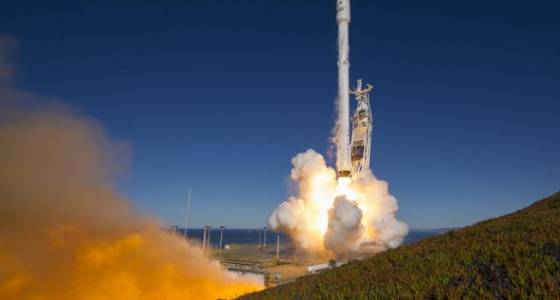Local connections to Saturday's scheduled launch of the SpaceX Dragon spacecraft are numerous, and Ball Aerospace can be added to the list of contributors.
Two Ball-built payloads will be headed on Saturday to the International Space Station after launch from the Kennedy Space Center, and should play key roles in the space station's scientific and environmental observations and technical operations.
Ball contributions to the mission include the Stratospheric Aerosol and Gas Experiment III, and also designed and built the Vision Navigation Sensor for Raven, a technology demonstration to test the autonomous rendezvous capability for future uses with unmanned vehicles both in space and on Earth, according to a news release.
"Ball has a deep legacy in creating instruments and spacecraft for NASA, from helping to measure ozone levels to exploring the farthest reaches of our solar system and beyond," Jim Oschmann, Ball Aerospace vice president and general manager, civil business unit, said. "We are Betist proud to support the ongoing operations of the International Space Station and to further scientific understanding of how the ozone layer affects life on Earth."
Additionally, two University of Colorado payloads are also on board — one designed to understand and potentially combat infections such as MRSA, the second to support research on the possible increase in the proliferation of stem cells in space.
Those two biomedical payloads are supported by CU's BioServe Space Technologies NASA-funded center in the Ann and H.J. Smead Department of Aerospace Engineering Sciences.
Also, an experiment using mice to gain a better understanding of the impact of microgravity on healing and tissue regeneration includes as a co-investigator Melissa Kacena, who completed her doctoral degree in aerospace engineering at CU. An official patch commemorating that experiment was created by her brother, Denver artist Doug Kacena, who is also a CU graduate, at Melissa Kacena's invitation.
Charlie Brennan: 303-473-1327, brennanc@dailycamera.com or twitter.com/chasbrennan
Our editors found this article on this site using Google and regenerated it for our readers.












